The post-Covid concert industry feels like a completely different reality. High ticket prices, initially attributed to pent-up demand, supply chain issues, and sky-high inflation, have yet to come down some three summers later — and there’s no indication they ever will. Especially when it comes to major stadium and arena tours, $600 floor tickets and $300 lower bowl seats have become the new norm, and that might be optimistic. (Cough cough Beyoncé). And that’s if you can even manage to get your hands on tickets — headlines about chaotic on-sales have become standard fare for major tours of late.
Could virtual reality be a possible solution for a more economical and overall quality better concert-going experience? To state the obvious, nothing will ever replace the live experience: whether it’s thrill of the being part of a pit that’s packed to the brim as a band plays their absolute hearts out, or the joy of being able to check off a bucket list live act (I’m still holding out hope for one last Tom Waits tour, or a Fleetwood Mac reunion tour after I stupidly passed up seeing their last jaunt in 2019).
Recently I had the opportunity to experience Metallica’s new immersive virtual reality concert film, shot exclusively for the Apple Vision Pro. Going into the demo I was very much a VR skeptic. I questioned whether such a device, from an aesthetic and pricing standpoint (the Vision Pro starts at $3499), could really appeal to a mass market.
But after viewing Metallica, I’ll admit it: I do indeed see an obvious gateway for music lovers, and there are indeed possible game-changing long-term implications for the music industry.
The 25-minute film was captured during the Mexico City stop of Metallica’s “M72 World Tour,” the result of 14 Apple Immersive Video cameras using a mix of stabilized cameras, cable-suspended cameras, and remote-controlled camera dolly systems that moved around the stage. It’s more than a front-row seat to the show: it’s like you’re on stage with the band. You can see the sweat quite literally drip down Lars Ulrich’s face as he bangs through “Whiplash,” James Hetfield’s vocal cords verberate as he sings “One,” Kirk Hammett’s taped fingers move up and down the fret as he plays “Enter Sandman.” If you were this close to the band in real life, you’d definitely be arrested. In the Apple Vision Pro, you can enjoy the ride without consequence.
For hardcore Metallica fans who’ve ridden the lightning and braved the Snake Pit, the Vision Pro film is the next level of a premium VIP experience. It’s indulgent, no doubt, but an experience bar none.
As I wore the headset, I also couldn’t help but wonder what implications this technology might have on the future of live music. At the moment, the Vision Pro’s selection of content is limited to Metallica, an upcoming Bono film Stories of Surrender, and an Alicia Keys live performance. But if Apple builds out its library in a substantial way, an argument could certainly be made that the headset could pay for itself in the longterm. Perhaps we’re still a years away from such a reality, but one could certainly envision a future where a subset of music fans, tired of competing against scalpers, opt instead for a front row seat to their favorite music act’s summer stadium tour via Vision Pro. Or, some thirty-something parents, unable to attend shows with as much regularity as years past, are able to check out their favorite band from the comfort of their bedroom. And then there are the fans who live with a physical disability, usually forced to watch a concert from some sectioned off area far away from the stage, who may benefit most from this sort of technology.
For now, the Vision Pro isn’t a replacement for being there, but Metallica’s virtual set is a hell of a ride. And if VR keeps evolving, who knows how wild things might get?

 1 month ago
23
1 month ago
23


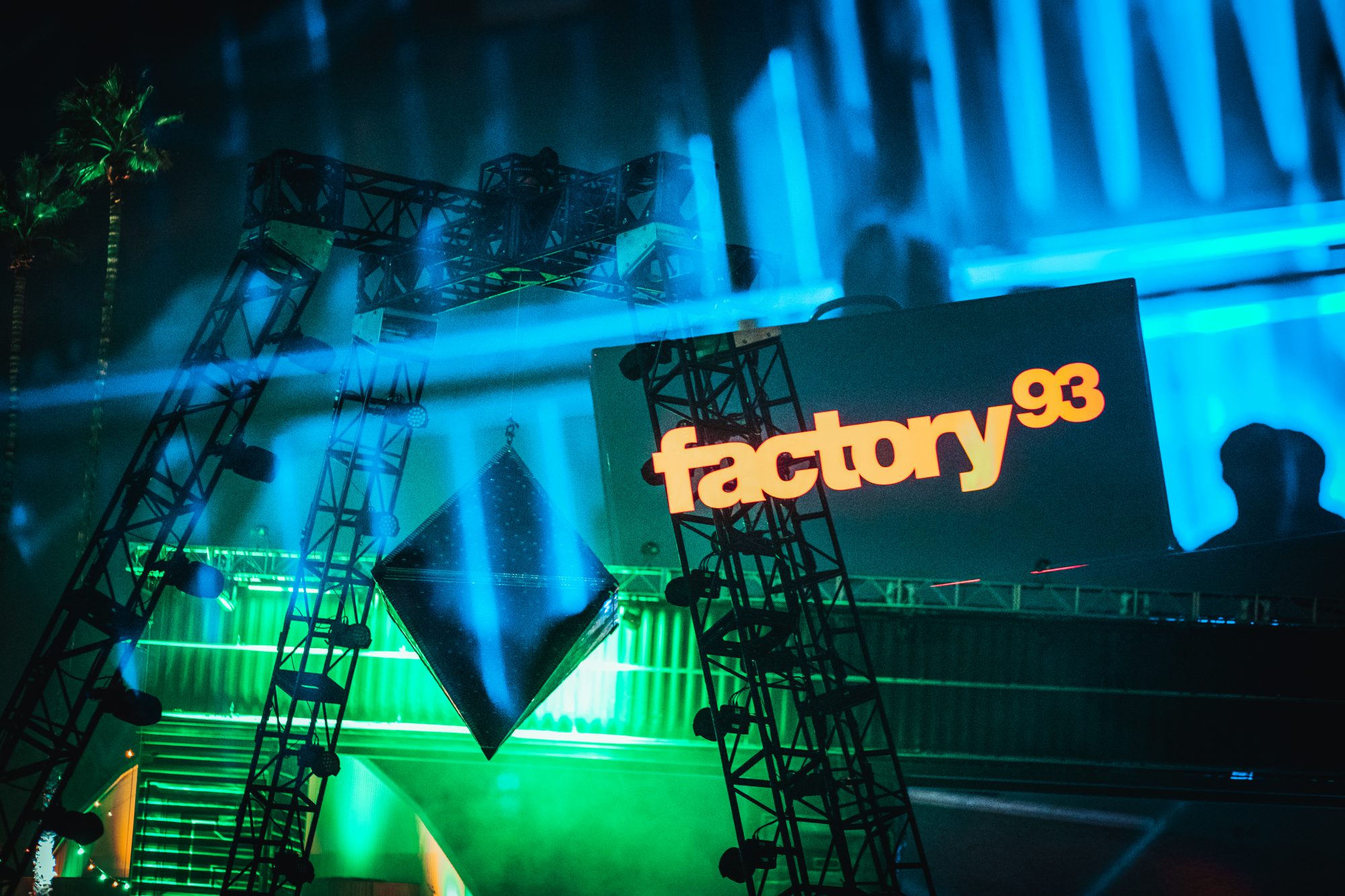



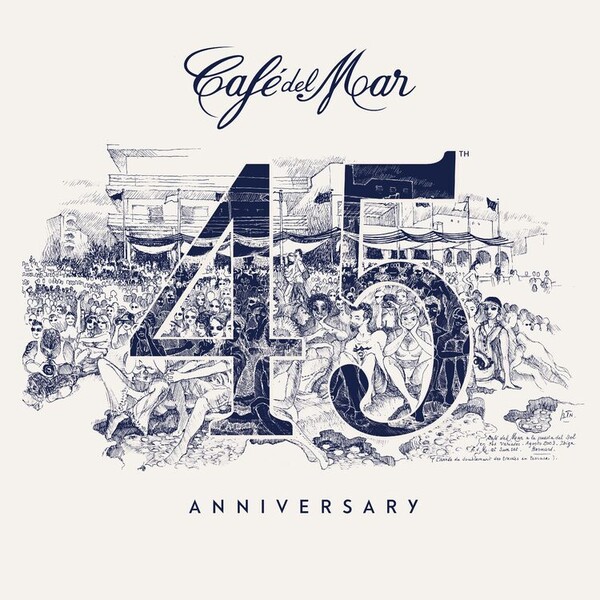

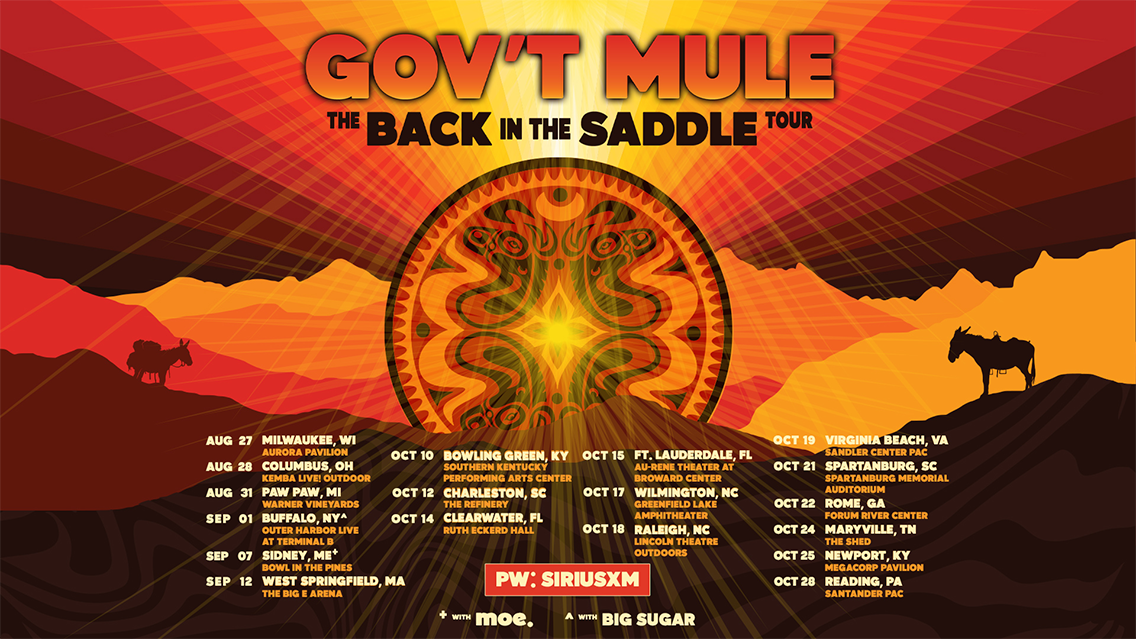



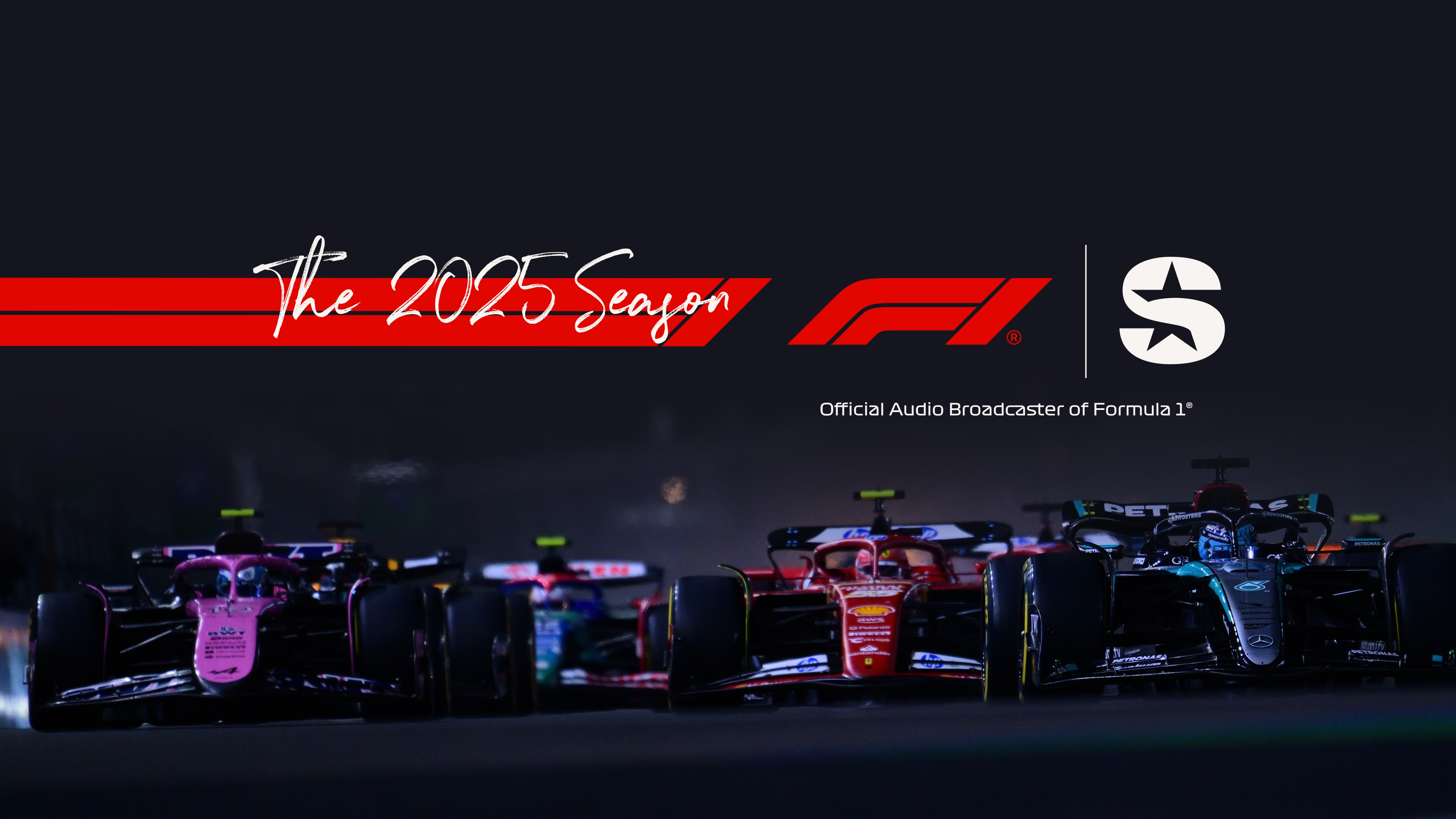


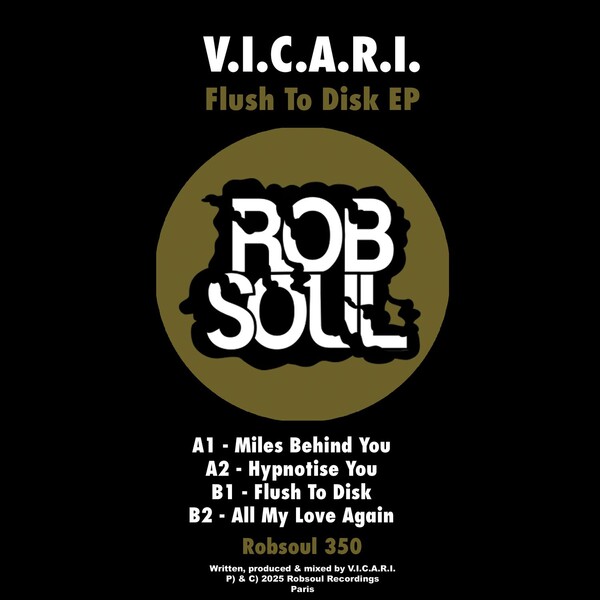


 English (US) ·
English (US) ·